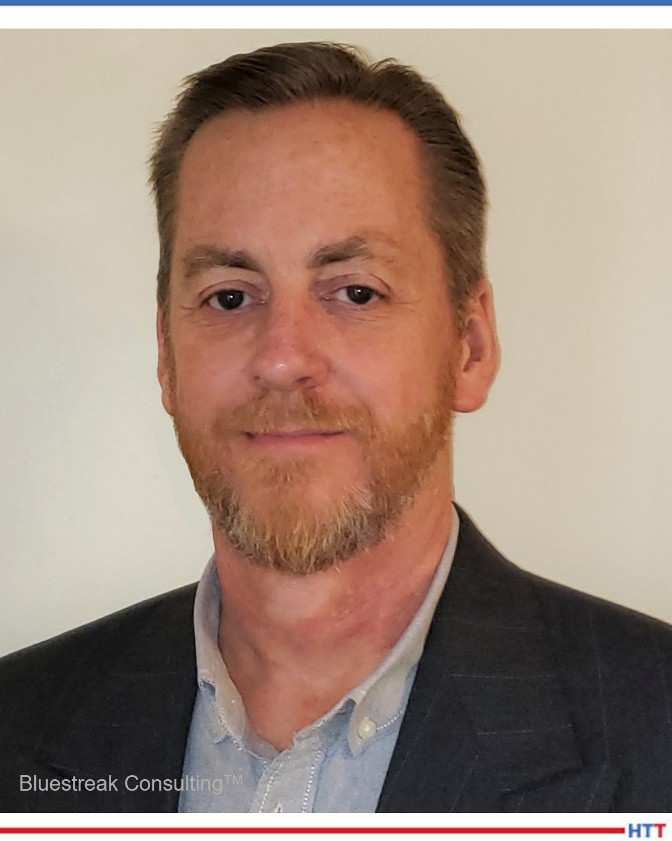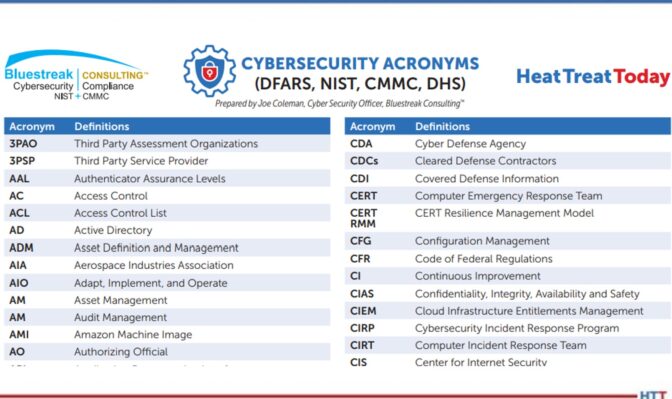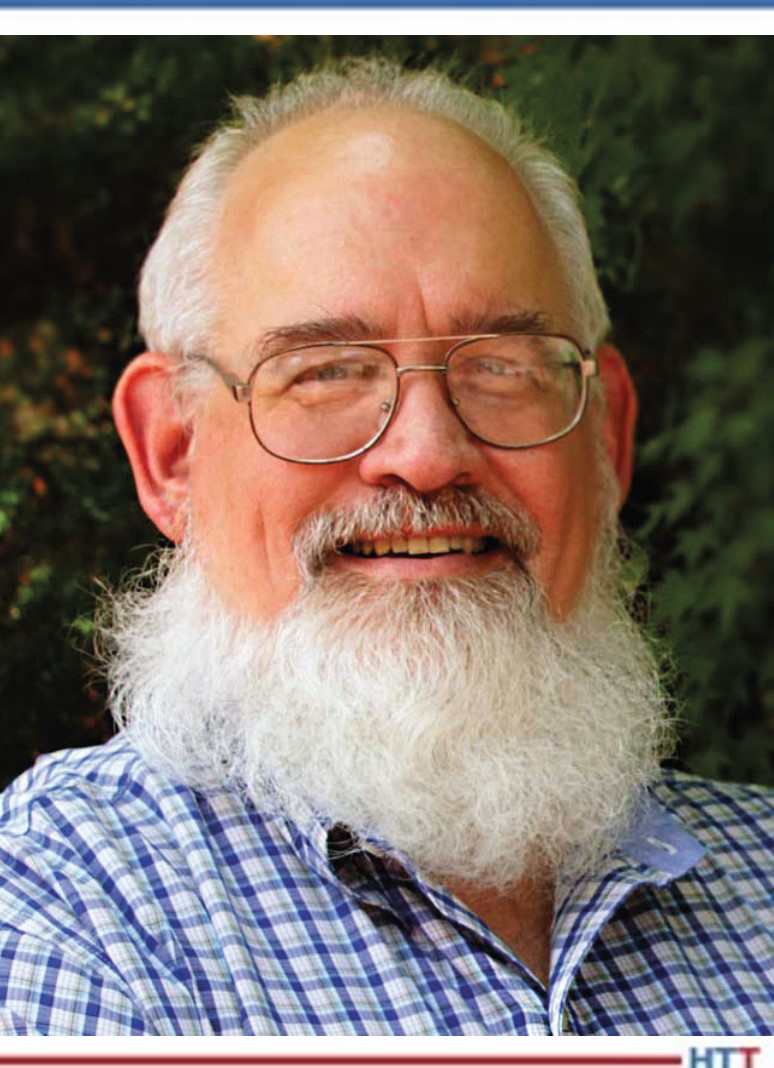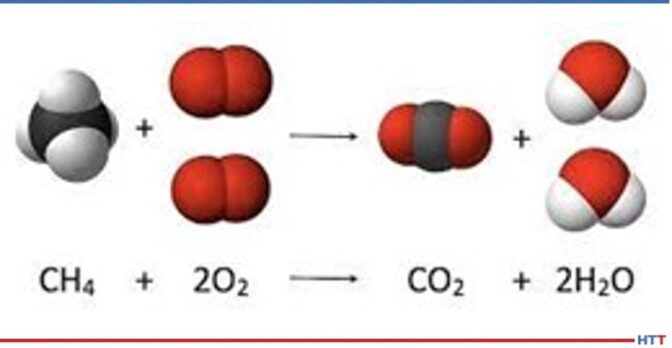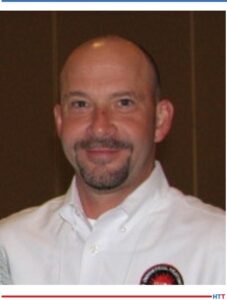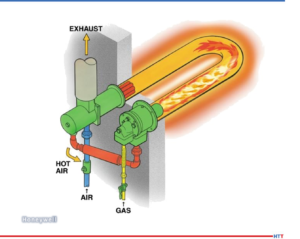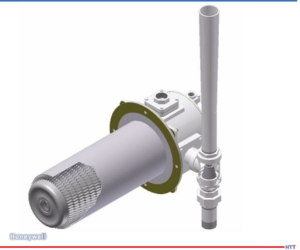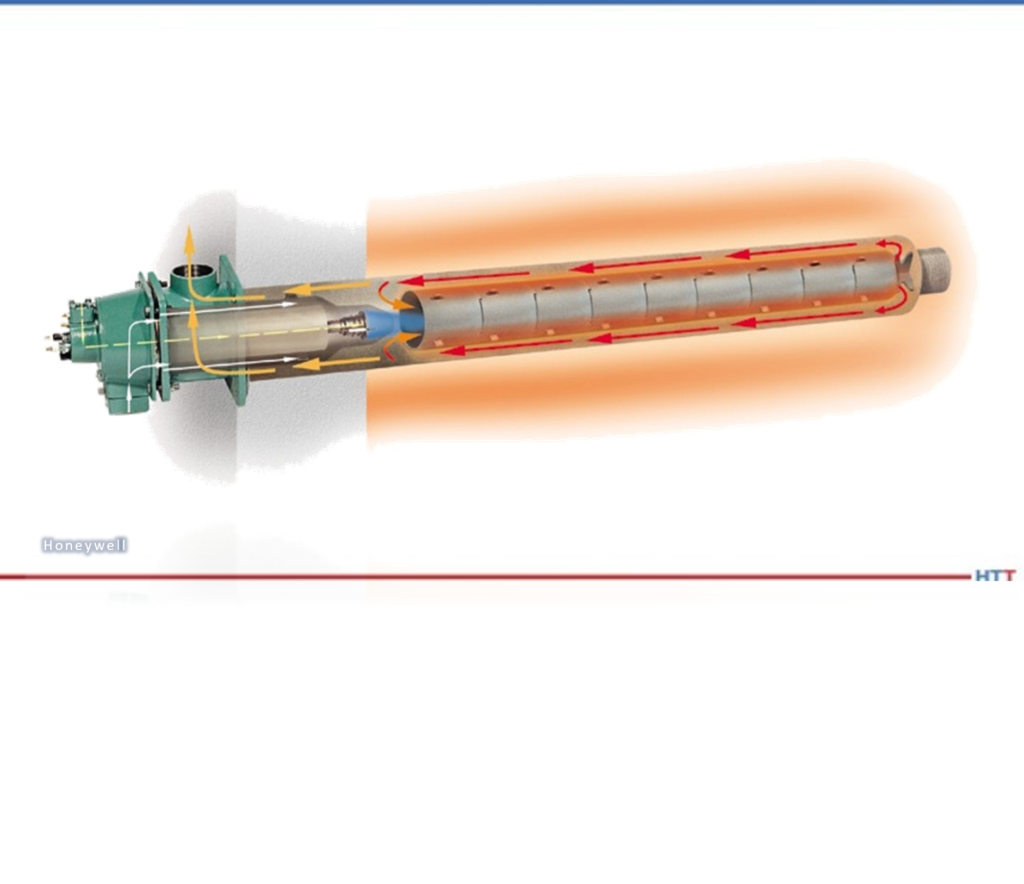Paradise Lost?
Has the "Paradise" of heat treat been lost? What incentives and resources do young heat treaters need? Dan Herring, the Heat Treat Doctor®, is here to answer these questions, drawing from his own vast heat treat experience acquired over more than 50 years in the industry.
Read the English translation of this article in the version below or read the Spanish translation when you click the flag to the right. Both the Spanish and the English versions were originally published in Heat Treat Today's September 2023 People of Heat Treat print edition.

"The Heat Treat Doctor"
The HERRING GROUP, Inc.
On my way to Heaven’s gate,
I met a Heat Treater in a terrible state!
Wandering and miserable,
resolved to his fate,
I told him simply, it’s never too late!
— Dan Herring, inspired by Paradise Lost,
John Milton, 1667.
All my years spent in the heat treatment industry have taught me two invaluable lessons. First, ours is truly an empirical science, a science whose secrets reveal themselves by doing and (in large measure) through trial and error. Second, common sense triumphs when all else fails; there is no substitute for practical experience.

The key question then becomes, how does a person entering the workforce in our industry gain the knowledge necessary to become a world-class heat treater? This is especially relevant today given the performance demands placed on products and the rapidly evolving nature of technology (Figure 1).
In “the good old days” — that is, in “Paradise” — skills were acquired through mentoring over time: More experienced personnel imparted hard-earned wisdom to their apprentices, usually in well-metered doses as situations arose that required a new lesson be taught or insights gained. Nowhere was this more fitting than in the heat treat shop.
But what about today? The pressure on engineering and manufacturing to produce has fueled the need for instant answers, achieved through Internet searches and superficial investigations. There is often no time, or tolerance, for failure.

(Source: The HERRING GROUP, Inc.
One of my early mentors often lamented that “greed and avarice will be the Achilles heel of young people, too few of you want to work hard — and learning any skill is hard work!”
However, there are many hard-working, young, highly intelligent, and eager-to-learn individuals entering today’s workforce. They tend to fall into two categories — those with excellent theoretical skills who lack practical experience and those with practical skills who lack a basic understanding of the interaction between the equipment, process, and outcome.
The “secret” to heat treating is the control of process and equipment related variability. But the playing field is constantly in flux — as soon as we believe we have the process or equipment under control, something changes: a leak develops, quench media degrades, humidity in the room changes — the list goes on and on.
How, then, do we teach the next generation to meet these challenges? Equally important, how do we teach them to retain them in our industry? Without proper incentive, motivation, and guidance, they will either choose a more rewarding path or seek a more “glamorous” industry.
Teamwork is the key to success in today’s heat treat shop. And networking is the key to the acquisition of knowledge. Understand where the true sources of information lie and seek them out. Talk to people and understand not only what they’ve learned but how they learned it. Motivate others to share what they know. And share what you know. Tap into the resources available to you, especially from more experienced people, or those recently retired from the industry.
Don’t be afraid to try or to fail. If you do, pick yourself up, dust yourself off, take a moment to say, “That hurt,” and go out and fail again and again until you succeed.
Finally, think before you act, and act only after having thought through both your actions and their consequences. Constantly ask yourself, “Why is there never enough time to do something right, but always enough time to do it over (and over) again?”
These are your keys to success and a long, rewarding career.
About the Author:
Dan Herring, The Heat Treat Doctor®, is the founder of The HERRING GROUP, Inc. He has been in the industry for over 50 years and has gained vast experience in fields that include materials science, engineering, metallurgy, new product research, and many other areas. Dan is the author of six books and over 700 technical articles.
For more information:
Contact Dan at
dherring@heat-treat-doctor.com









